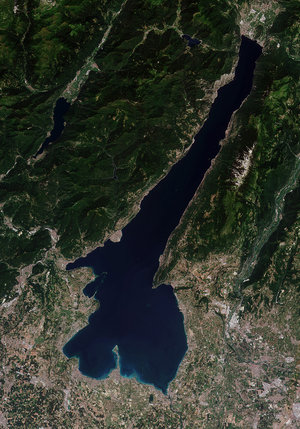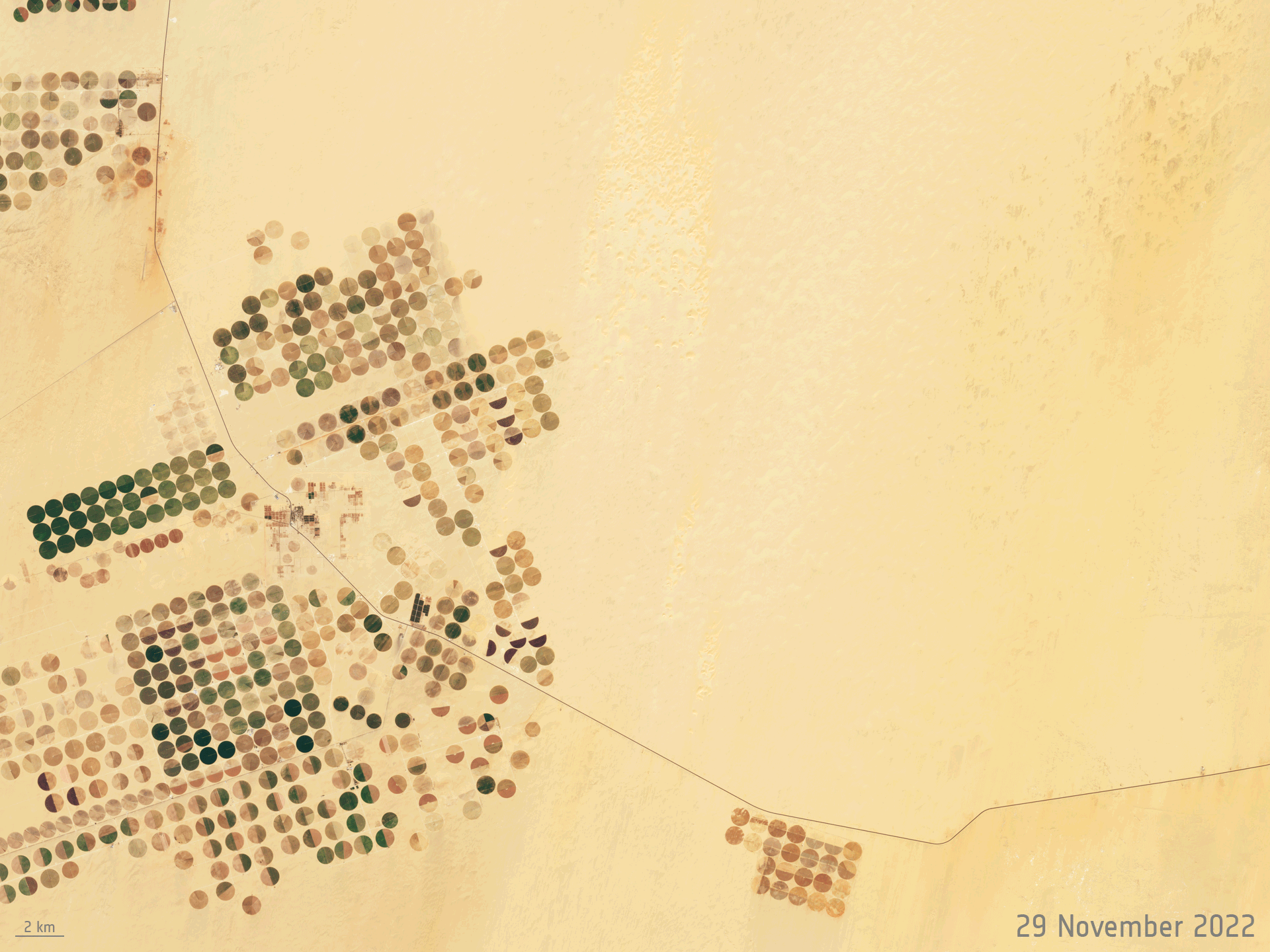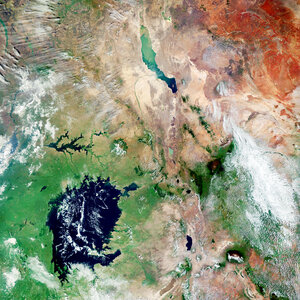Accept all cookies Accept only essential cookies See our Cookie Notice

About ESA
The European Space Agency (ESA) is Europe’s gateway to space. Its mission is to shape the development of Europe’s space capability and ensure that investment in space continues to deliver benefits to the citizens of Europe and the world.
Highlights
ESA - United space in Europe
This is ESA ESA facts Member States & Cooperating States Funding Director General Top management For Member State Delegations European vision European Space Policy ESA & EU Responsibility & Sustainability Annual Report Calendar of meetings Corporate newsEstablishments & sites
ESA Headquarters ESA ESTEC ESA ESOC ESA ESRIN ESA EAC ESA ESAC Europe's Spaceport ESA ESEC ESA ECSAT Brussels Office Washington OfficeWorking with ESA
Business with ESA ESA Commercialisation Gateway Law at ESA Careers Cyber resilience at ESA IT at ESA Newsroom Partnerships Merchandising Licence Education Open Space Innovation Platform Integrity and Reporting Administrative Tribunal Health and SafetyMore about ESA
History ESA Historical Archives Exhibitions Publications Art & Culture ESA Merchandise Kids Diversity ESA Brand Centre ESA ChampionsLatest
Space in Member States
Find out more about space activities in our 23 Member States, and understand how ESA works together with their national agencies, institutions and organisations.
Science & Exploration
Exploring our Solar System and unlocking the secrets of the Universe
Go to topicAstronauts
Missions
Juice Euclid Webb Solar Orbiter BepiColombo Gaia ExoMars Cheops Exoplanet missions More missionsActivities
International Space Station Orion service module Gateway Concordia Caves & Pangaea BenefitsLatest
Space Safety
Protecting life and infrastructure on Earth and in orbit
Go to topicAsteroids
Asteroids and Planetary Defence Asteroid danger explained Flyeye telescope: asteroid detection Hera mission: asteroid deflection Near-Earth Object Coordination CentreSpace junk
About space debris Space debris by the numbers Space Environment Report In space refuelling, refurbishing and removingSafety from space
Clean Space ecodesign Zero Debris Technologies Space for Earth Supporting Sustainable DevelopmentLatest
Applications
Using space to benefit citizens and meet future challenges on Earth
Go to topicObserving the Earth
Observing the Earth Future EO Copernicus Meteorology Space for our climate Satellite missionsCommercialisation
ESA Commercialisation Gateway Open Space Innovation Platform Business Incubation ESA Space SolutionsLatest
Enabling & Support
Making space accessible and developing the technologies for the future
Go to topicBuilding missions
Space Engineering and Technology Test centre Laboratories Concurrent Design Facility Preparing for the future Shaping the Future Discovery and Preparation Advanced Concepts TeamSpace transportation
Space Transportation Ariane Vega Space Rider Future space transportation Boost! Europe's Spaceport Launches from Europe's Spaceport from 2012Latest
Lake Nasser, Egypt
Thank you for liking
You have already liked this page, you can only like it once!
Part of Lake Nasser, one of the largest artificial lakes in the world, is featured in this false-colour image captured by the Copernicus Sentinel-2 mission.
Zoom in to see this image at its full 10 m resolution or click on the circles to learn more about the features in it.
Lake Nasser, visible in the lower-right in black, is a vast lake and reservoir located in southern Egypt and northern Sudan. The lake was created as a result of the construction of the Aswan High Dam across the waters of the Nile in the late-1960s. This ambitious project was designed to provide irrigation to new agricultural developments and attract people to the region.
The dam is located around 200 km northeast of the area pictured here and cannot be seen. The dam impounds floodwaters from the Nile, releasing them when needed to maximise their utility on irrigated land, to water hundreds of thousands of hectares of land downstream, but also in the nearby area. The dam also helps improve navigation through Aswān and generates an enormous amount of hydroelectric power. The lake covers a total surface area of 5250 sq km, yet is relatively shallow with an average depth of 25 m.
The ancient Egyptian temple of Abu Simbel laid in the path of the rising waters produced by the dam, resulting in the relocation of the temple complex. In the 1960s, the historical site was taken apart piece by piece and reassembled in a new location to avoid submersion. Although the resolution of the image doesn’t allow us to see the temple in detail, the town of Abu Simbel and its airport can be spotted at the bottom of the image, close to several plantations seen in red.
Part of the Toshka Lakes, natural depressions that are filled by overflow from Lake Nasser, can be seen in the top-left of the image. These endorheic lakes were created in the 1980s and 1990s by the diversion of water from Lake Nasser through the manmade canal visible in green in the image.
The rise and fall of the lakes depend on multi-year fluctuations in water flow from the Nile. From 2012 to 2018, the lakes had shrunk significantly, leaving only small remnants of water in the basins. Summer rainfall in Sudan in 2019 and record-breaking floods in 2020, resulted in the rapid filling of the lake’s waters. The lakes are relatively salty, with visible signs of eutrophication and algae formation.
This image is a false-colour composite and was created by utilising the near-infrared channel from Copernicus Sentinel-2 to emphasise the scarce vegetation in the area. This helps identify the presence of pivot irrigation fields, visible as circular shapes in the image, with the largest having a diameter of around 750 m.
Pivot irrigation systems work where watering equipment rotates around a fixed water supply point and crops are watered with sprinklers. This type of irrigation helps farmers manage their watering demands and helps conserve their water sources.
The image is also featured on the Earth from Space video programme.
-
CREDIT
contains modified Copernicus Sentinel data (2022), processed by ESA -
LICENCE
CC BY-SA 3.0 IGO or ESA Standard Licence
(content can be used under either licence)

Earth from Space: Lake Nasser, Egypt

Lake Garda

Al Wahat al Dakhla Desert, Egypt

Lake Victoria















 Germany
Germany
 Austria
Austria
 Belgium
Belgium
 Denmark
Denmark
 Spain
Spain
 Estonia
Estonia
 Finland
Finland
 France
France
 Greece
Greece
 Hungary
Hungary
 Ireland
Ireland
 Italy
Italy
 Luxembourg
Luxembourg
 Norway
Norway
 The Netherlands
The Netherlands
 Poland
Poland
 Portugal
Portugal
 Czechia
Czechia
 Romania
Romania
 United Kingdom
United Kingdom
 Slovenia
Slovenia
 Sweden
Sweden
 Switzerland
Switzerland
























